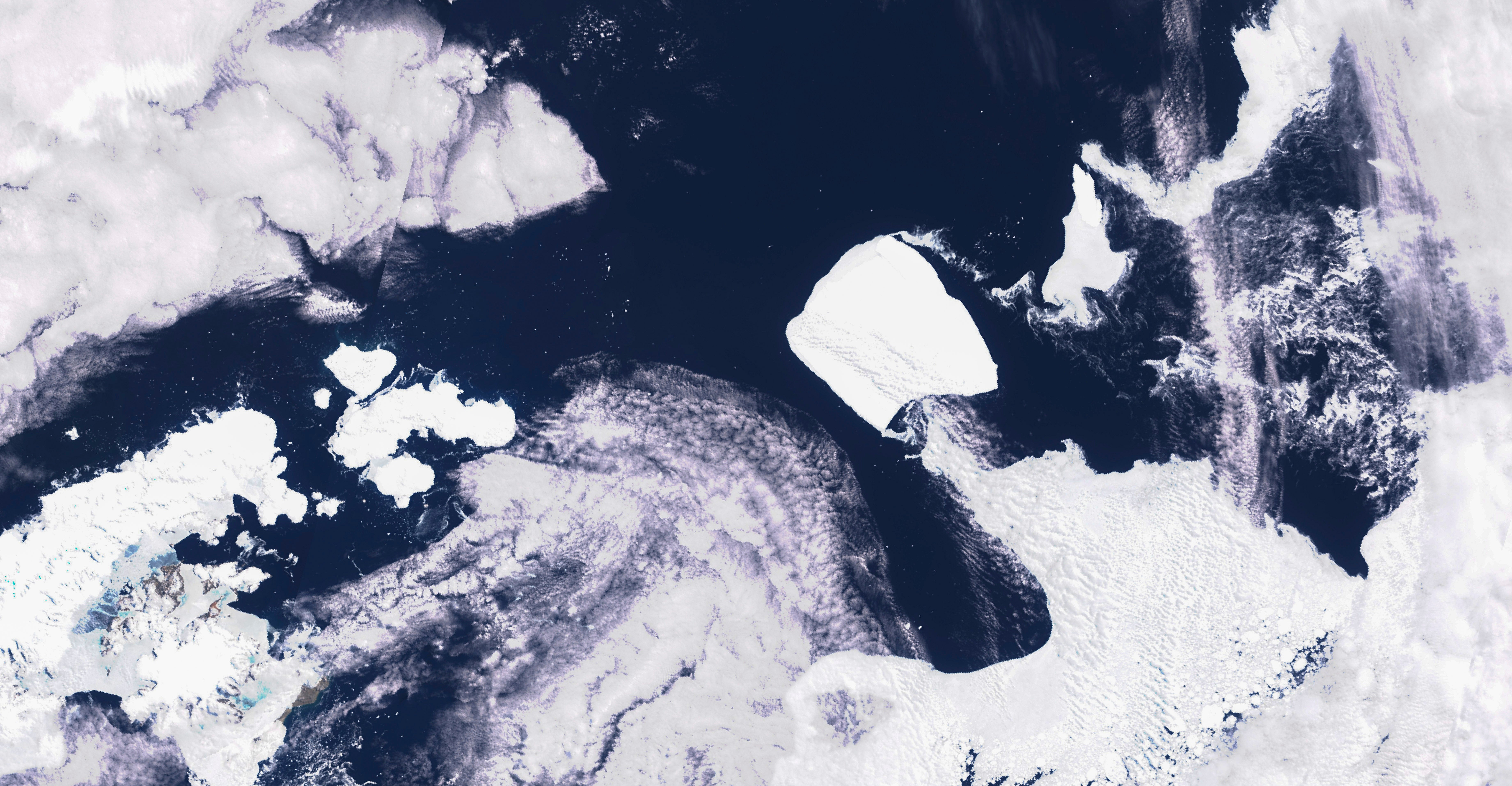Antarctic glacier, grounded for a generation, is now on the move
The British Antarctic Survey says that one of the world’s largest icebergs is drifting beyond Antarctic waters after being grounded for more than three decades

Your support helps us to tell the story
From reproductive rights to climate change to Big Tech, The Independent is on the ground when the story is developing. Whether it's investigating the financials of Elon Musk's pro-Trump PAC or producing our latest documentary, 'The A Word', which shines a light on the American women fighting for reproductive rights, we know how important it is to parse out the facts from the messaging.
At such a critical moment in US history, we need reporters on the ground. Your donation allows us to keep sending journalists to speak to both sides of the story.
The Independent is trusted by Americans across the entire political spectrum. And unlike many other quality news outlets, we choose not to lock Americans out of our reporting and analysis with paywalls. We believe quality journalism should be available to everyone, paid for by those who can afford it.
Your support makes all the difference.One of the world’s largest icebergs is drifting beyond Antarctic waters, after being grounded for more than three decades, according to the British Antarctic Survey.
The iceberg, known as A23a, split from the Antarctic's Filchner Ice Shelf in 1986. But it became stuck to the ocean floor and had remained for many years in the Weddell Sea.
The iceberg is about three times the size of New York City and more than twice the size of Greater London, measuring around 4,000 square kilometers (1,500 square miles).
Andrew Fleming, a remote sensing expert from the British Antarctic Survey, told the BBC on Friday that the iceberg has been drifting for the past year and now appears to be picking up speed and moving past the northern tip of the Antarctic Peninsula, helped by wind and ocean currents.
“I asked a couple of colleagues about this, wondering if there was any possible change in shelf water temperatures that might have provoked it, but the consensus is the time had just come,” Fleming told the BBC.
“It was grounded since 1986, but eventually it was going to decrease (in size) sufficiently was to lose grip and start moving," he added.
Fleming said he first spotted movement from the iceberg in 2020. The British Antarctic Survey said it has now ungrounded and is moving along ocean currents to sub-Antarctic South Georgia.